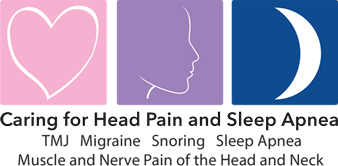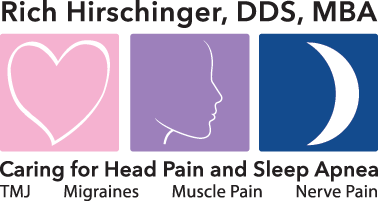

Rich Hirschinger, DDS, MBA
Diplomate American Board of Orofacial Pain
9615 Brighton Way, Suite 323
Beverly Hills, CA 90210
888.981.8981
Diplomate American Board of Orofacial Pain
9615 Brighton Way, Suite 323
Beverly Hills, CA 90210
888.981.8981
Groups at Risk for Sleep Apnea
More About Sleep Apnea
Overweight individuals are at risk for experiencing sleep apnea as excess tissue may put pressure on the airway. More than half of those with sleep apnea are classified as overweight. The risk of developing sleep apnea rises with increased weight, increased age, and among patients with diabetes as well as smokers.
An individual may also be susceptible to obstructive sleep apnea due to a constricted shape or small size of features in the nose, mouth or throat. Allergies and other medical conditions can cause features along the airway to restrict the flow of oxygen. Sleep apnea is more common in men than women, and it is more common among African Americans, Hispanics and Pacific Islanders than Caucasians.
In women, sleep apnea may occur during pregnancy and following menopause. In children, the inflamed tissue of tonsillitis can block the airway and cause sleep apnea. The condition is also more likely to develop with age and if there is a history of sleep apnea in the family.






